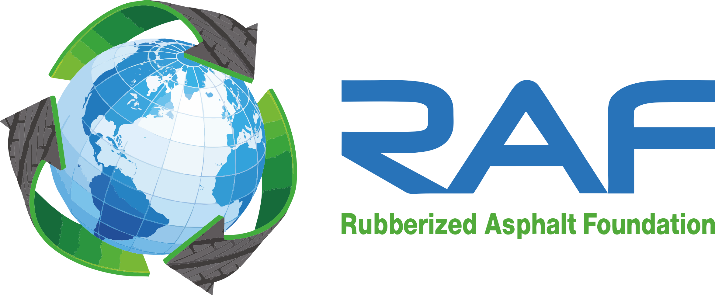Since the price spikes in both asphalt and polymer costs in 2008, DOTs have been looking for lower-cost alternative modifiers to make performance-graded (PG) asphalt that can withstand extreme temperature changes from hot to cold and can hold up heavy traffic loading without cracking or rutting.
Several states have developed new standard specifications that allow the use of recycled tire rubber (RTR) in asphalt to make the PG 76-22 that is needed for temperatures and traffic. Although Florida has been a long-time user of RTR, a new specification defined in PG terms has been developed with a draft coming out this year.
Georgia has introduced a new special provision for the use of RTR in PG asphalt following an extensive binder study and open graded friction course mix study at the National Center for Asphalt Technology (NCAT). The study was recently featured at the Association of Asphalt Paving Technologists (AAPT) annual meeting that was hosted in Denver, CO this year.
South Carolina has also developed a draft specification that will be allowed for use this year following a successful project placed on I-77. The I-77 project called for a PG 76-22 binder and the contractor was able to use a binder modified with RTR to meet the material design requirements. The project was recognized with an award by the Rubber Pavements Association at its annual meeting in San Antonio, TX for: “its use of recycled tire rubber in innovative asphalt paving applications on the I-77 project (Fairfield and Chester Counties) and the I-20 project (Kershaw County)” in the 2012 Innovative State DOT Projects category.
Alabama DOT Special Provisions are also due to be modified to allow for the use of RTR as an asphalt modifier following a test section placement on US 231 near Dothan in 2010 and the installation of a test section at the NCAT Test Track in 2012. Goals for the department are “equal or better performance to polymer modification” and “cost savings”. According to the project test results from US 231, the rubber and polymer sections have similar performance.
Mississippi DOT has also placed a test section of rubber modified PG 76-22 in 2012 on U.S. 49 in Gulfport, MS. MDOT will monitor the section as they move forward in the development a new specification that allows the use of RTR.
Louisiana has been using rubber routinely since 2008 and projects are left up to the contractor’s choice to use either a rubber-modified asphalt or a polymer-modified asphalt.
